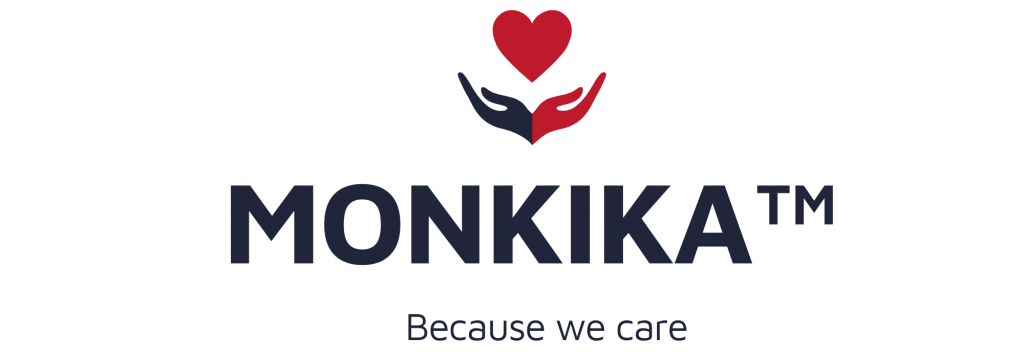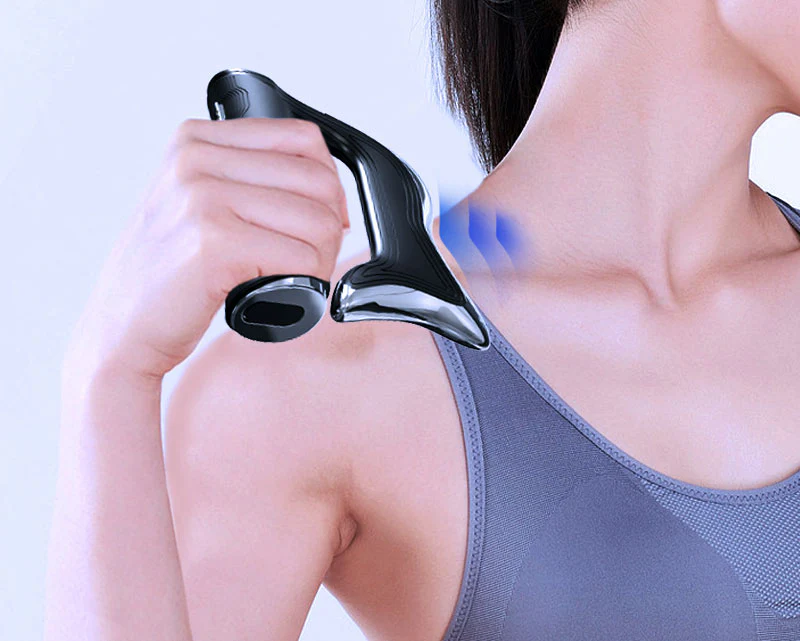Blog
Unlock the Power of Myofascial Release Therapy: Your Ultimate Guide to Myofascial Release Massage, Self Myofascial Release, and a Premium Alternative Solution
Introduction
Chronic muscle pain, tension, and stiffness can disrupt our daily lives—limiting our performance at work, interfering with our exercise routines, and even affecting our overall quality of life. Whether you’re an athlete, a busy professional, or someone who just wants to feel better throughout the day, understanding and practicing myofascial release therapy can be a transformative experience.
In this comprehensive guide, we will explore what myofascial release therapy is, the benefits of myofascial release massage, and how you can easily incorporate self myofascial release techniques into your daily routine. We’ll also introduce a revolutionary product designed to bring professional-grade relief into your home: the MONKIKA Myofascial Pro.
What Is Myofascial Release Therapy?
Myofascial release therapy is a form of manual therapy focused on relieving tension and pain in the fascia—the connective tissue that surrounds your muscles, bones, and organs. When fascia becomes tight due to injury, overuse, or stress, it can lead to the formation of trigger points, which are the primary sources of pain in many individuals.
Unlike traditional massage that often only targets the superficial layers of muscle, myofascial release therapy works to release the tightness and restrictions deep within the fascia. This, in turn, improves blood flow, promotes healing, and restores your muscles’ natural elasticity.
Many health practitioners and physical therapists recommend myofascial release therapy as a complementary treatment to reduce chronic pain, improve flexibility, and support overall muscle function. Research has shown that when done correctly, this therapy can help alleviate conditions such as chronic back pain, neck stiffness, and post-workout soreness.
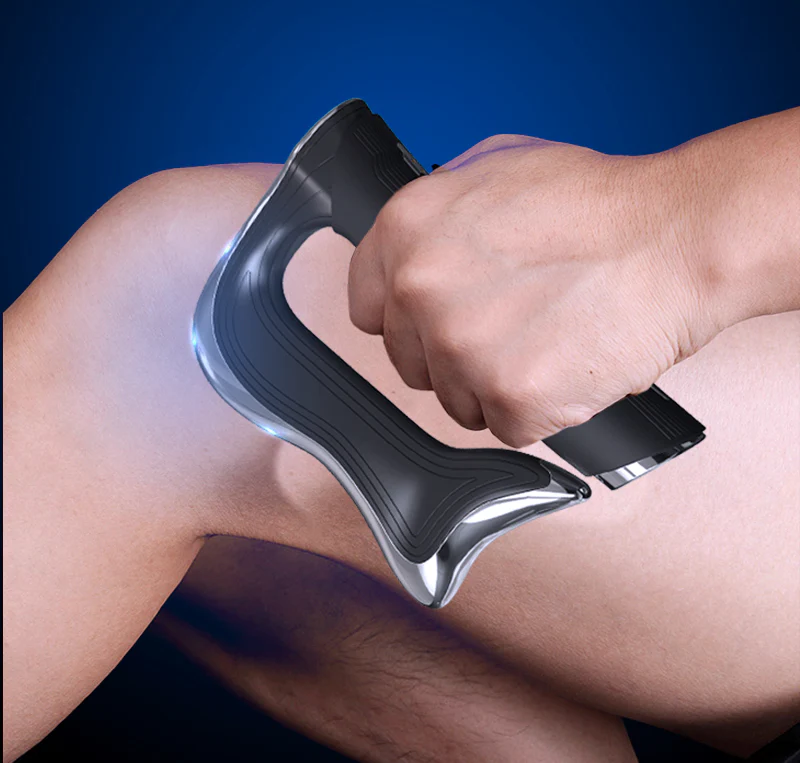
The Benefits of Myofascial Release Therapy
There are numerous benefits to incorporating myofascial release therapy into your self-care routine. Whether through a professional session or by practicing self myofascial release, the advantages include:
1. Reduced Muscle Pain and Tension
- Immediate Relief: By targeting the fascia directly, myofascial release massage can provide quick relief from tight, knotted muscles.
- Long-Term Benefits: Consistent practice helps to permanently release restrictions, reducing chronic pain over time.
2. Improved Blood Circulation
- Enhanced Healing: Better blood flow delivers more oxygen and nutrients to your muscles, promoting faster recovery after injury or intense workouts.
- Detoxification: Increased circulation also aids in the removal of metabolic waste products, such as lactic acid, which can accumulate after strenuous activity.
3. Increased Flexibility and Range of Motion
- Freedom to Move: Releasing tension in the fascia restores your muscles’ natural elasticity, leading to improved flexibility and range of motion.
- Prevention of Injuries: A flexible body is less prone to strains and injuries, making myofascial release a valuable preventive measure for athletes and active individuals.
4. Enhanced Recovery After Exercise
- Reduced DOMS: Delayed-onset muscle soreness (DOMS) can be significantly minimized through effective myofascial release massage, allowing you to recover faster after workouts.
- Better Performance: Faster recovery means you can train more consistently and perform at a higher level.
5. Cost-Effective Self-Care
- At-Home Convenience: Learning self myofascial release techniques allows you to manage your muscle tension without frequent visits to a therapist.
- Investment in Health: With a one-time purchase of a quality device, you can enjoy professional-grade muscle relief at home, saving you money in the long run.
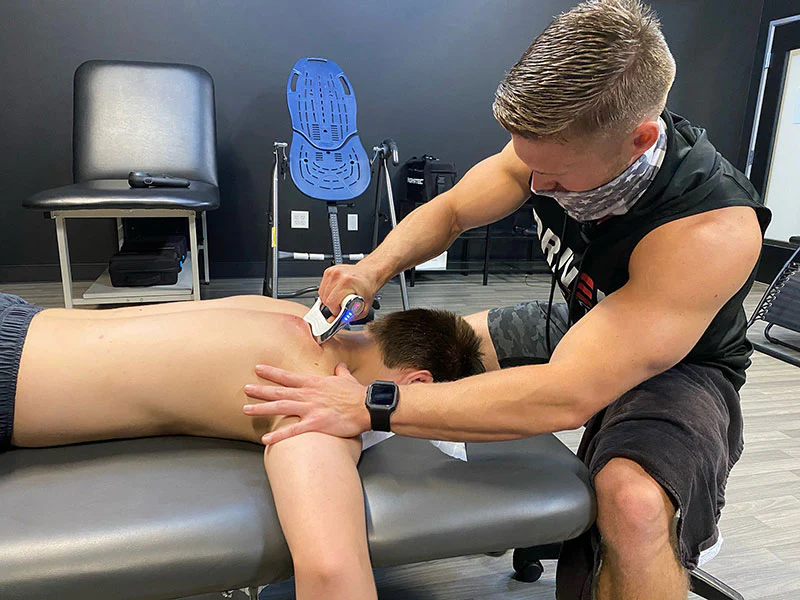
Myofascial Release Massage vs. Self Myofascial Release
Myofascial release massage is typically performed by a trained professional who uses specialized techniques to release tension from the fascia. During these sessions, practitioners use their hands or tools to apply slow, sustained pressure on the affected areas, helping to break up adhesions and restore normal movement.
On the other hand, self myofascial release involves techniques that you can perform on yourself at home using various tools such as foam rollers, massage balls, or high-tech devices. While self myofascial release may require a bit of learning and practice, it provides flexibility and convenience—allowing you to manage your pain and tension on your own schedule.
For those who prefer an efficient, high-quality solution without booking multiple appointments, an advanced device like the MONKIKA Myofascial Pro can be a game-changer. It brings professional myofascial release therapy into the comfort of your own home, combining the benefits of both myofascial release massage and self myofascial release.
How to Practice Self Myofascial Release at Home
Incorporating self myofascial release into your daily routine can be straightforward and highly effective. Here are some tips to get you started:
1. Understand Your Trigger Points
Identify areas where you consistently feel tightness or pain. Common trigger points include the neck, shoulders, lower back, and legs. Knowing these areas helps you target them more effectively during your self myofascial release sessions.
2. Choose the Right Tools
While foam rollers and massage balls are common, investing in a specialized device can significantly enhance your results. For instance, the MONKIKA Myofascial Pro is designed to deliver both microvibration and microcurrent stimulation, offering a dual approach to deep tissue massage. Check it out here.
3. Learn Proper Techniques
Spend some time learning the correct methods. Begin by applying gentle pressure to your trigger points and slowly increase intensity as your muscles start to relax. Techniques may include slow rolling, holding the pressure on a knot, and gentle stretching of the muscle after the release.
4. Establish a Routine
For consistent benefits, incorporate self myofascial release into your daily regimen. Even 5–10 minutes each day can result in significant improvements in flexibility, reduced muscle soreness, and overall well-being.
5. Combine with Other Therapies
For optimal results, consider combining self myofascial release with stretching, proper hydration, and a balanced diet. Some practitioners also recommend pairing it with techniques like deep breathing or meditation to further enhance relaxation.
How to Choose a Device for Myofascial Release Therapy
When it comes to achieving professional-level myofascial release therapy at home, the right device can make all the difference. Look for features such as:
- Dual-Technology Approach: Devices that combine microvibration and microcurrent stimulation tend to offer superior results. This dual-action helps to break up deep muscle knots and stimulate cellular repair processes.
- Ergonomic Design: A device with a design that conforms to your body’s contours ensures that you can target hard-to-reach areas with precision.
- Customizable Settings: The ability to adjust intensity levels allows you to tailor the treatment to your specific needs, whether you require a gentle massage or a more intensive deep tissue release.
- Portability and Ease of Use: Lightweight, cordless, and easy-to-use devices are ideal, especially if you plan to incorporate self myofascial release into your daily routine.
One highly recommended option is the MONKIKA Myofascial Pro. Its advanced technology and ergonomic design have been carefully developed to mimic professional myofascial release therapy. To learn more, visit our product page here.
Incorporating Myofascial Release Therapy into Your Daily Routine
For lasting benefits, consistency is key. Here are some practical tips to integrate myofascial release therapy into your everyday life:
Morning Routine
- Start your day with a quick 5-minute self myofascial release session. Use your device on areas where you typically wake up feeling stiff, such as your neck and shoulders.
- This can boost blood circulation and prepare your muscles for the day ahead, setting a positive tone for your routine.
Post-Workout Recovery
- After exercise, use a device or perform self myofascial release techniques on your major muscle groups to reduce lactic acid buildup and accelerate recovery.
- This is especially beneficial for athletes and fitness enthusiasts, as it helps reduce delayed-onset muscle soreness (DOMS) and enhances overall performance.
Evening Wind-Down
- End your day with a relaxation session focused on myofascial release. Spending 5–10 minutes targeting areas that are prone to tension can improve sleep quality and relieve accumulated stress.
- Combining this with gentle stretching or deep breathing exercises can further enhance relaxation.
Weekly Self-Care Session
- Set aside a dedicated 15–20 minute session once or twice a week for a more comprehensive myofascial release massage.
- This deeper session can focus on multiple muscle groups and help maintain long-term flexibility and mobility.
By making myofascial release massage a regular part of your self-care routine, you not only alleviate immediate muscle tension but also contribute to better overall muscle health and performance.
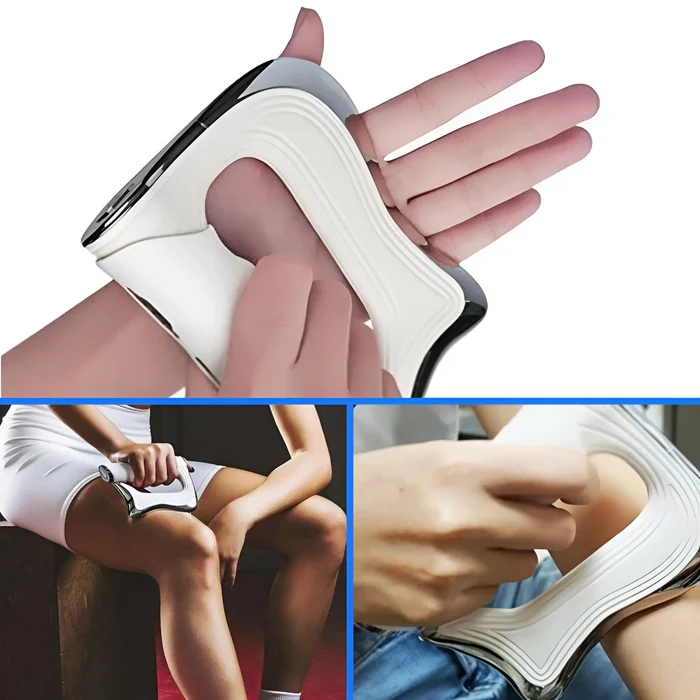
Expert Insights and User Experiences
Dermatologists, physical therapists, and fitness experts alike have embraced myofascial release therapy for its wide-ranging benefits. According to several studies, microcurrent stimulation—an integral component of modern myofascial release therapy—can significantly increase ATP production, which is crucial for muscle repair and energy restoration. This scientific backing reinforces the effectiveness of both professional and self myofascial release techniques. Many users have reported that after incorporating self myofascial release into their daily routines, they experience:
- Noticeable reductions in chronic muscle pain
- Improved range of motion and flexibility
- Faster recovery after intense workouts
- A sense of overall well-being and reduced stress levels
These benefits make myofascial release therapy not just a temporary fix, but a long-term solution for maintaining muscle health and vitality.
Conclusion: Transform Your Muscle Health Today
In today’s fast-paced world, finding efficient and effective ways to manage muscle tension and pain is more important than ever. Myofascial release therapy offers a unique and scientifically backed approach to breaking the cycle of chronic muscle pain and stiffness. By combining the benefits of myofascial release massage with the convenience of self myofascial release techniques, you can take control of your muscle health and improve your overall quality of life. If you’re ready to experience the transformative benefits of advanced myofascial release therapy in your own home, we invite you to explore our premium solution.
Discover how MONKIKA Myofascial Pro can help you achieve faster recovery, enhanced performance, and long-lasting relief from muscle tension. For more details and to make your purchase, visit our product page here: MONKIKA Myofascial Pro. Embrace the power of myofascial release therapy and transform your daily routine with effective, professional-grade muscle relief. Whether you’re an athlete, a busy professional, or someone seeking relief from chronic pain, incorporating self myofascial release into your routine can truly change your life.

